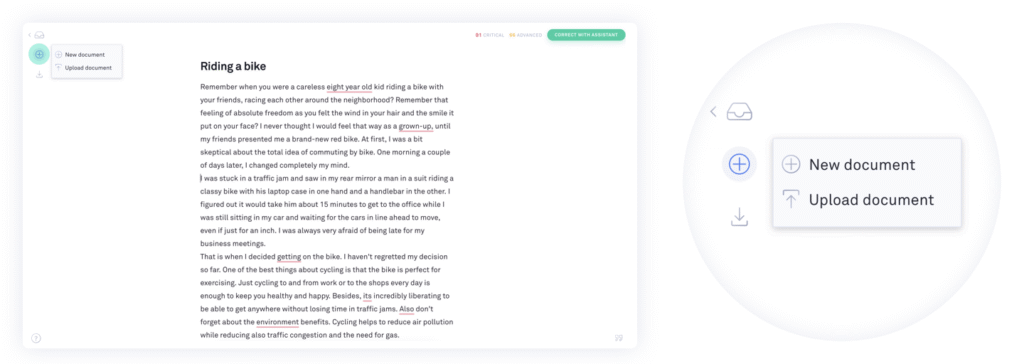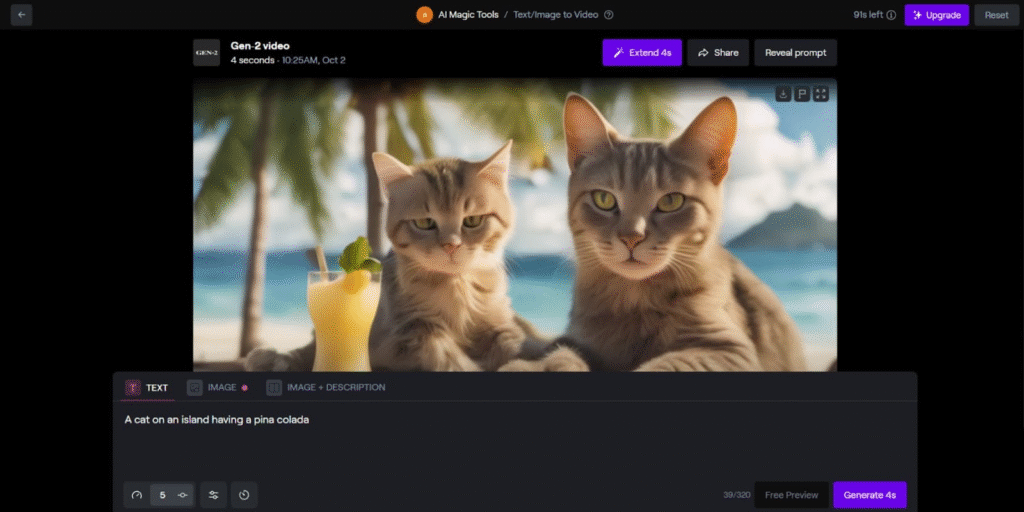Introduction
Editing is one of those things that can make or break your work, whether you’re writing a blog post, putting together a video, or touching up photos. It’s like the final polish that turns something okay into something great. In today’s world, with all the content we create for social media, work, or just fun, good editing skills are more important than ever. It helps you fix mistakes, make things clearer, and keep your audience hooked. Without it, even the best ideas can fall flat.
Think about it: when you read an article full of typos, you lose interest fast. Or watch a video where the cuts are jumpy, and it feels off. Photos that are too dark or cropped weirdly don’t grab attention either. Editing fixes all that. It’s not just about correcting errors; it’s about shaping your message to connect better with people.
This guide is here to help you get better at editing. We’ll cover some simple tips that work for different types of content, and then look at Best Editing Tips and Tools that can make the job easier. These aren’t fancy secrets—just practical stuff anyone can use. By the end, you’ll have ideas to try out right away.
In 2025, Best Editing Tips and Tools have gotten smarter, especially with tech that helps automate some parts. But the basics stay the same: focus on what your audience needs, keep things simple, and review your work carefully. Whether you’re a beginner or have some experience, there’s always room to improve.
Let’s start with the tips. They’ll give you a strong base before we dive into the Best Editing Tips and Tools. Remember, practice is key. The more you edit, the better you get. Don’t rush it; take your time to see real results.
Editing Tips
Editing isn’t just fixing grammar or cutting clips—it’s about making your content shine. Good editing makes your work easier to understand and more enjoyable. It can turn a rough draft into something professional. Here, we’ll break down some key tips to help you edit better, no matter what you’re working on.
These tips come from years of people sharing what works. In 2025, with faster tech, editing is quicker, but the core ideas haven’t changed. Start with a plan, review step by step, and always think about your viewer or reader.
General Editing Principles
First off, always take a break after creating your content. If you edit right away, you might miss things because you’re too close to it. Step away for a few hours or even a day. When you come back, you’ll see it with fresh eyes. This helps spot awkward parts or errors you overlooked.
Next, read or watch your work out loud. For writing, saying the words helps catch sentences that sound off. For videos, play it and listen to the flow. Does it drag? Is the pacing right? This simple trick can reveal a lot.
Focus on the big picture first: clarity, shortness, and how it all connects. Ask if your main point is clear. Cut out extra stuff that doesn’t help. Then, go to smaller details like grammar or transitions.
Do multiple rounds of editing. One pass for structure, another for style, and one for mistakes. This keeps you from getting overwhelmed.
Avoid perfectionism, though. Know when it’s good enough. Over-editing can make it lose its natural feel.
These principles apply to all editing. They build good habits that save time in the long run.
Content-Specific Tips
Different types of content need different approaches. What works for writing might not fit videos or photos. Let’s look at tips for each.
Writing (Articles/Blogs): Cut out repeat words and ideas. Make sure each paragraph flows to the next. Match your tone to who you’re writing for—casual for blogs, formal for reports. Use short sentences to keep it easy to read. Check facts too; wrong info can hurt your credibility.
Video Editing: Keep the pace steady. Don’t let scenes drag; cut to keep viewers engaged. Use smooth changes between shots. Sync sound and picture perfectly—no delays. Add music or effects sparingly so they don’t overwhelm.
Photo Editing: Fix light and colors first. Crop to focus on the main subject. Keep styles the same if it’s a series. Don’t overdo filters; aim for natural looks.
These tips help tailor your editing to the medium.
Common Mistakes to Avoid
One big error is editing too much, which can strip away your original voice. Keep some personality in there.
Ignore your audience, and your work won’t connect. Think about what they want or need.
Skip fact-checking, and you risk spreading wrong info. Always double-check sources.
Rushing the process leads to missed errors. Take time for reviews.
Not using feedback is another slip. Share drafts with others for new views.
Avoid these, and your editing will improve a lot.
Recommended Editing Best Editing Tips and Tools
Now that we’ve covered tips, let’s talk Best Editing Tips and Tools. The right software can speed things up and add features you didn’t know you needed. In 2025, there are tons of options, from free to pro-level. We’ll look at some top picks for writing, video, photo, and AI helpers.
These are based on reviews and user feedback. Best Editing Tips and Tools like these make editing less of a chore.

Here’s What’s New With the Grammarly Editor | Grammarly
Writing Best Editing Tips and Tools
For writing, Best Editing Tips and Tools that check grammar and style are lifesavers. Grammarly is a favorite—it spots errors, suggests better words, and even checks tone. You can use it in your browser or app. It’s great for quick fixes on emails or posts.
ProWritingAid goes deeper, analyzing your whole piece for repeats, weak words, and more. It’s good for longer works like books.
Hemingway Editor simplifies your text, highlighting long sentences and passive voice. It makes your writing punchier.
These Best Editing Tips and Tools help polish without changing your style too much.


Video Editing Best Editing Tips and Tools
Video editing needs strong software. Adobe Premiere Pro is top for pros, with tons of features for cuts, effects, and color. It’s powerful but has a learning curve.
DaVinci Resolve is free and great for color grading. It handles pro work without costing much.
Final Cut Pro is easy for Mac users, fast and smooth for quick edits.
These let you create pro videos at home.
Photo Editing Best Editing Tips and Tools
For photos, Adobe Photoshop is the standard, with layers and Best Editing Tips and Tools for detailed edits.
Lightroom is better for batches, organizing and adjusting many pics fast.
Canva is simple for beginners, with templates for quick designs.
These make photo editing accessible.
AI-Powered Best Editing Tips and Tools
AI is changing editing. Runway helps with video, generating clips from text or editing smartly.
Luminar Neo uses AI for photo fixes like sky replacement or noise reduction.
Descript edits videos like text, transcribing and letting you cut words to remove parts.
These save time on repetitive tasks.

Choosing the Right Best Editing Tips and Tools
Picking Best Editing Tips and Tools depends on what you need. Think about your budget—free options like DaVinci or GIMP work well for starters. Paid ones like Adobe offer more power.
Skill level matters too. Beginners might like Canva’s ease, while pros want Premiere’s depth.
Project type: writing? Grammarly. Videos? Resolve.
Free Best Editing Tips and Tools are good to try, but paid ones have better support and features. No ads, more storage.
Mix Best Editing Tips and Tools if needed—one for rough edits, another for final touches.
Test a few to see what fits your flow.
Best Practices for Using Editing Best Editing Tips and Tools
To get the most from Best Editing Tips and Tools, learn shortcuts. They speed up work a lot.
Combine Best Editing Tips and Tools: use Grammarly for writing, then export to another for layout.
Update software regularly for new fixes and features.
Organize files well to avoid losing track.
Backup work often—don’t lose hours to a crash.
Practice with small projects first.
These habits make editing smoother.
Conclusion
Editing is key to great content. With the tips and Best Editing Tips and Tools here, you can improve your work easily. Start small, try one tip or tool, and build from there.
Remember, it’s about clear communication. Experiment to find your style.
Go ahead, edit something today!
FAQs: Best Editing Tips and Best Editing Tips and Tools
Below is a list of frequently asked questions about editing tips and Best Editing Tips and Tools, written in a simple, human tone to help clarify common doubts. Each answer is concise yet informative, tailored to beginners and intermediate users based on the context of the article “Best Editing Tips and Best Editing Tips and Tools.”
1. Why is editing so important for content creation?
Editing polishes your work, making it clear and engaging. It fixes mistakes, improves flow, and ensures your message connects with your audience. Without editing, even great ideas can seem sloppy or confusing, losing the viewer’s or reader’s interest quickly.
2. How can I get better at editing my own work?
Take a break before editing to see it with fresh eyes. Read or review out loud to catch errors. Focus on big issues like clarity first, then smaller ones like grammar. Do multiple rounds of edits and ask for feedback from others to improve.
3. What’s the best way to avoid over-editing?
Set a limit on editing rounds, like two or three. Focus on keeping your original voice and style. If you’re changing too much, step back and compare with the first draft. Stop when the work feels clear and true to your intent.
4. Which editing tool is best for beginners?
For writing, Grammarly is easy and catches basic errors. Canva is great for simple photo edits with templates. For videos, DaVinci Resolve’s free version is user-friendly. These Best Editing Tips and Tools are straightforward and don’t overwhelm new users with complex features.
5. Are free editing Best Editing Tips and Tools good enough, or should I pay?
Free Best Editing Tips and Tools like DaVinci Resolve or GIMP work well for basic needs and are great for beginners. Paid Best Editing Tips and Tools like Adobe Premiere Pro or Photoshop offer more features and support, ideal for advanced projects. Try free ones first to see what you need.
6. How do I choose the right tool for my project?
Consider your budget, skill level, and project type. For quick social media posts, Canva or Grammarly is enough. For pro videos, try Premiere Pro. Test Best Editing Tips and Tools to match your workflow and check reviews for reliability.
7. Can AI-powered Best Editing Tips and Tools really help with editing?
Yes, Best Editing Tips and Tools like Runway for videos or Luminar Neo for photos save time by automating tasks like color fixes or clip trimming. They’re great for quick edits but work best when combined with manual checks for quality.
8. How long should I spend editing?
It depends on the project. Small blog posts might take an hour, while videos could need a few hours. Do at least two passes: one for structure, one for details. Don’t rush—take breaks to stay sharp.
9. What’s a common mistake beginners make when editing?
Beginners often rush or skip steps, missing errors. Another mistake is over-editing, which can make content feel flat. Also, not checking facts or ignoring audience needs can weaken the final product. Take your time and stay focused.
10. Where can I learn more about using editing Best Editing Tips and Tools?
Check tutorials on YouTube or tool websites like Adobe or Grammarly. Online courses on platforms like Udemy or Skillshare are great too. Practice with small projects and explore forums for user tips and tricks.


